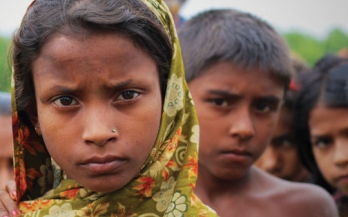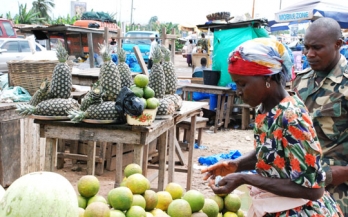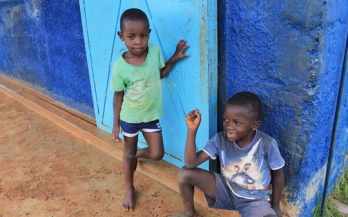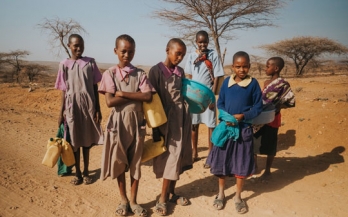In Bangladesh, high rates of undernutrition persist among adolescent females living in low‐income households. Qualitative research was carried out to examine individual, social, and environmental factors influencing eating behaviors of female adolescents between 15‐19 years of age living in low‐income families in urban and rural settings in Bangladesh.
A Focused Ethnographic Study and dietary analysis using the Optifood system were carried out in two farming districts in Ghana. The main aim of the overall study was to identify strategies, based on locally available foods, to improve the nutritional quality of the diet of infants and young children in selected regions in Ghana.
The aim of the study was to identify a set of evidence-based, population-specific, food-based recommendations that can be promoted to improve the nutritional status of infants and young children in farming communities of Ghana.
This report presents the findings and discussion of a Focused Ethnographic Study in Gomoa East District, Central Region. The study yielded important insights about current infant and young child feeding behaviours and practices and enabled the identification of appropriate interventions to address infant and young child diet inadequacies and malnutrition.
This report presents the findings and discussion of a Focused Ethnographic Study in Karaga District, Northern Region. This study yields important insights about current infant and young child feeding behaviours and practices and enabled the identification of appropriate interventions to address infant and young child diet inadequacies and malnutrition.
This monograph is devoted to presentation of the results from ethnographic studies of infant and young child feeding that were undertaken in five counties in Kenya – Vihiga, Kitui, Isiolo, Marsabit and Turkana – as part of a large project aimed at improving nutrition in these communities.
This policy brief summarises key results from a study designed to identify potential interventions to improve nutrition in infants and young children in Kitui County, Kenya. The study was commissioned to provide information necessary for the design of appropriate high-impact nutrition interventions in Kitui to improve nutritional outcomes at the household level.
This policy brief summarises key results from a study designed to identify potential interventions to improve nutrition in infants and young children in Vihiga County, Kenya. The study was commissioned to provide information necessary for the design of appropriate high-impact nutrition interventions in Vihiga to improve nutritional outcomes at the household level.
The research sought to identify strategies to improve the nutritional quality of the diet of infants and young children using locally available and affordable foods. Specifically, it aimed to identify a set of evidence-based, population-specific food-based recommendations that can be promoted to improve infant and young child feeding among farming communities in Ghana’s Central Region.
The research sought to identify strategies to improve the nutritional quality of the diet of infants and young children using locally available and affordable foods. Specifically, it aimed to identify a set of evidence-based, population-specific food-based recommendations that can be promoted to improve infant and child feeding practices among farming communities in Ghana’s Northern Region.










